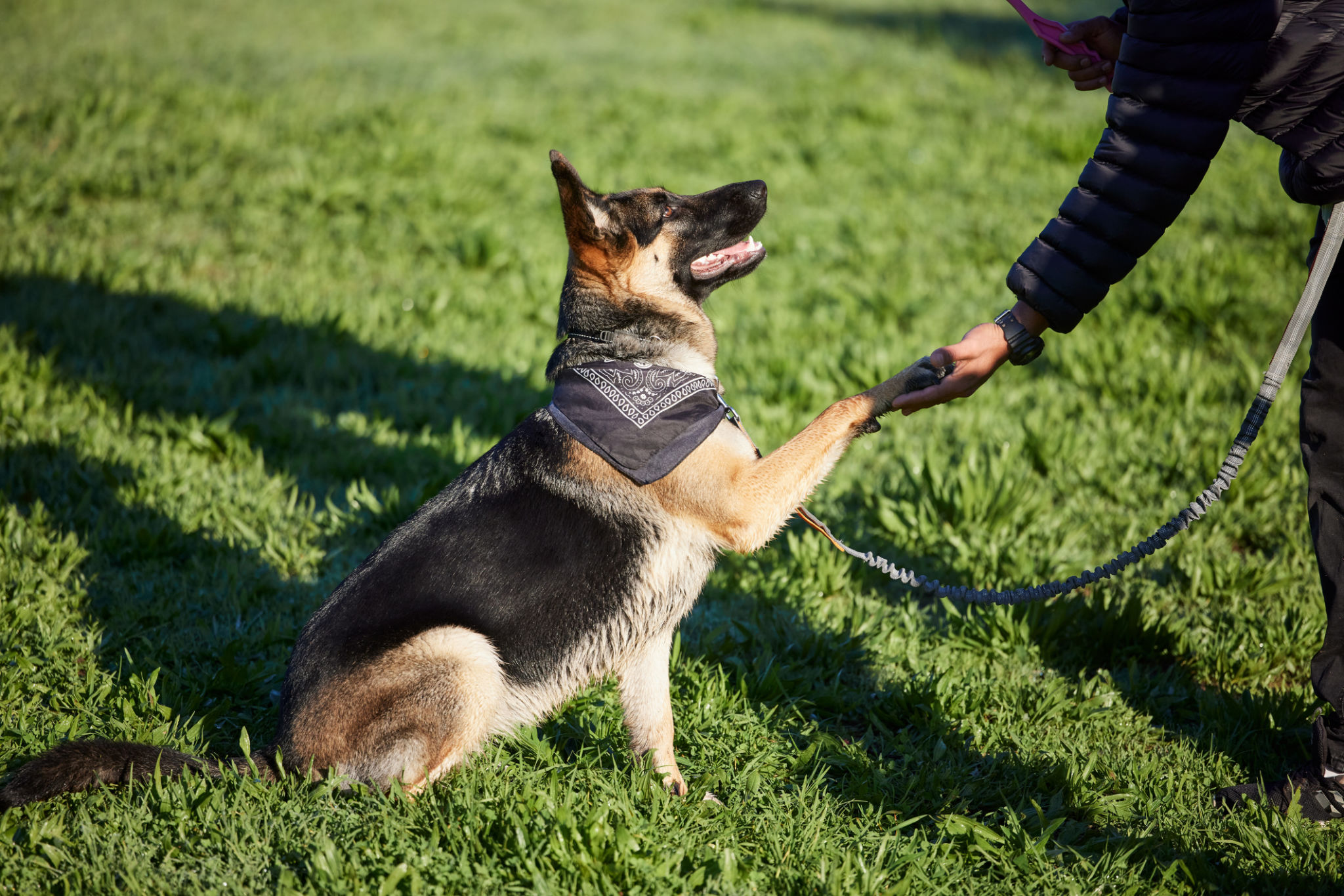Achieving Personal Protection Dog Association Title Certification: A Step-by-Step Guide
Introduction to Personal Protection Dog Titles
For many dog enthusiasts, achieving a Personal Protection Dog Association (PPDA) title is a significant milestone. Not only does it demonstrate the dog's exceptional skills and temperament, but it also showcases the dedication of the owner. This certification is highly respected in the dog training community and provides a structured path for those interested in personal protection training.
The process involves a series of training sessions, evaluations, and tests that ensure the dog is capable of performing protective duties safely and effectively. In this guide, we will cover the essential steps required to achieve a PPDA title certification.

Understanding the Requirements
Before embarking on this journey, it is crucial to understand the requirements for obtaining a PPDA title. The association has specific criteria that both the dog and the handler must meet to qualify for evaluation. These requirements include:
- The dog must be at least 18 months old.
- The handler must provide proof of basic obedience training.
- Both the dog and handler should be in good physical health.
Meeting these prerequisites is essential as they ensure the safety and preparedness of both the dog and the handler throughout the training and evaluation process.
Training for Success
Once the basic requirements are met, the next step is to begin training. This involves working with a certified trainer who has experience in personal protection training. The training process typically includes:
- Obedience Training: Reinforcing commands such as sit, stay, and heel.
- Protection Exercises: Teaching the dog to recognize threats and respond appropriately.
- Socialization: Ensuring the dog is comfortable in various environments and situations.

Evaluation Process
After completing the necessary training, the next step is to undergo an evaluation by a PPDA certified evaluator. This evaluation is designed to test the dog's abilities in real-world situations. Key areas of focus include:
- Response to Threats: The dog's ability to identify and respond to potential threats.
- Obedience Under Stress: How well the dog follows commands in high-pressure situations.
- Handler Protection: The dog's capability to protect the handler without unnecessary aggression.
It is important to note that the evaluation process is rigorous and requires both the dog and handler to be at their best.
Maintaining Certification
After successfully obtaining a PPDA title, it is crucial to maintain the skills and behaviors that earned the certification. Regular training sessions and evaluations are recommended to ensure that both the dog and handler remain proficient in their abilities. Additionally, staying informed about updates or changes in certification requirements is essential for maintaining the title.

Conclusion
Achieving a Personal Protection Dog Association title certification is a rewarding accomplishment that reflects the dedication and hard work of both the dog and handler. By following the structured path of training, evaluation, and maintenance, you can ensure that your personal protection dog is well-equipped to handle any situation. Whether for personal safety or professional purposes, a PPDA title signifies a high standard of excellence in the field of personal protection dogs.